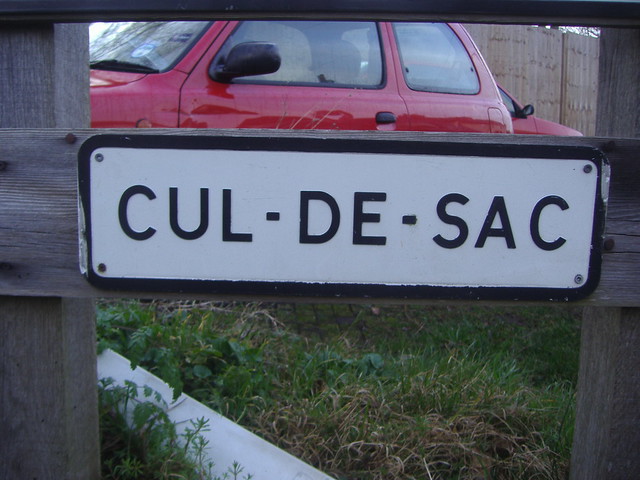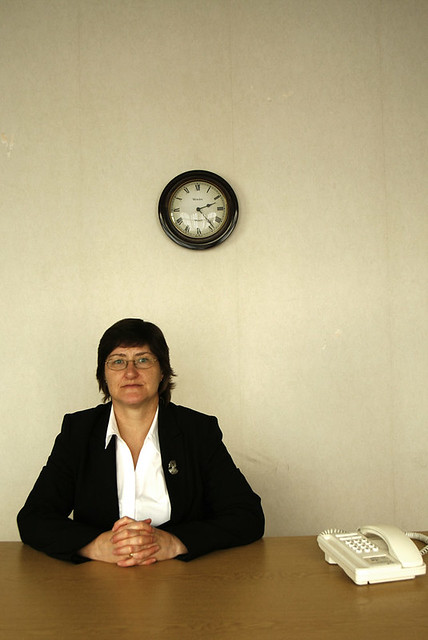 Over the 20 years that we have been doing knowledge management, there has been a number of recurrent arguments that appear regularly, often several times a year. Watch the linked-in forums; you will see these arguments popping up like mushrooms. I call them cul-de-sac arguments, as they lead us nowhere. They are never resolved, and they make little difference to pragmatic knowledge management.
Over the 20 years that we have been doing knowledge management, there has been a number of recurrent arguments that appear regularly, often several times a year. Watch the linked-in forums; you will see these arguments popping up like mushrooms. I call them cul-de-sac arguments, as they lead us nowhere. They are never resolved, and they make little difference to pragmatic knowledge management.Here is the first and the biggest.
Can you manage knowledge?
This argument often comes about because people sometimes assume that "knowledge management" means "the management of knowledge". Given that knowledge is intangible, they feel that it cannot be controlled as a "thing", and that without control, there can be no management.
This argument is debated around and around and around and around, and usually ends up with the position that "it depends what you mean by knowledge, and it depends what you mean by management". Often the argument is an emotional one, driven by the feeling that "Knowledge is Good, Management is Bad", and that we ought to find another term. "Knowledge Sharing", perhaps.
My position is that it doesn't matter. The validity of "Knowledge Management" doesn't depend on whether knowledge is a concrete object to be controlled, any more than the validity of "Reputation Management" depends on whether reputation is a concrete object to be controlled, or that the validity of "Risk Management" depends on whether risk is a concrete object to be controlled.
The point is that you can do some really useful things through Management, which enable the flow and re-use of Knowledge, and which deliver real value to an organisation. It's "Management with a focus on Knowledge", and that's enough to call it Knowledge Management as far as I am concerned.
Here's the second
"If you write it down, is it still knowledge?"
Many hours have been spent arguing whether knowledge can ever exist outside the human head. Some say "Yes, it's explicit knowledge". Others say "No, it's information".
This argument is seldom resolved, but as far as I am concerned, it doesn't matter. It is possible to help people understand how to do things, through the transmission of the recorded word. You can add a huge amount of value this way, no matter what you call the medium of transmission (explicit knowledge, or knowledge-focused information). There is a loss of value when things get written down, but where does that loss turn knowledge into information? Is it
- when you formalise your thoughts into coherent form?
- when you speak your thoughts?
- when you record what you speak onto video?
- when you write a transcript of that video?
Nobody knows, and trying to pinpoint the step at which knowledge becomes information, is irrelevant to the fact that you can add value to an organisation (in many cases) through written transmission. It's seldom the best way to transfer knowledge, but sometimes its the only practical way.
Here's the third.
"What is knowledge?"
This is an argument that gets very philosophical, very quickly. Plato is often quoted, along with Senge, and other philosophers. Nobody can ever agree which definition is correct, nor which philosopher is authoritative.
I don't think it matters. You don't need to agree on the definition of an electron, to be able to create an electronic circuit which does useful things like lighting a lamp or ringing a bell. Similarly you don't need to agree on the definition of knowledge, to be able to help knowledge flow in order to do useful things like solve a problem or improve a process. You don't need to define "a thought" in order to think, you don't need to define "music" in order to sing, and you don't need to define "knowledge" in order to do knowledge management. Knowledge is hard to define, but its not that hard to deliver real value through knowledge management.
So the answer is "we don't really know, but see what we can do with it!"



























